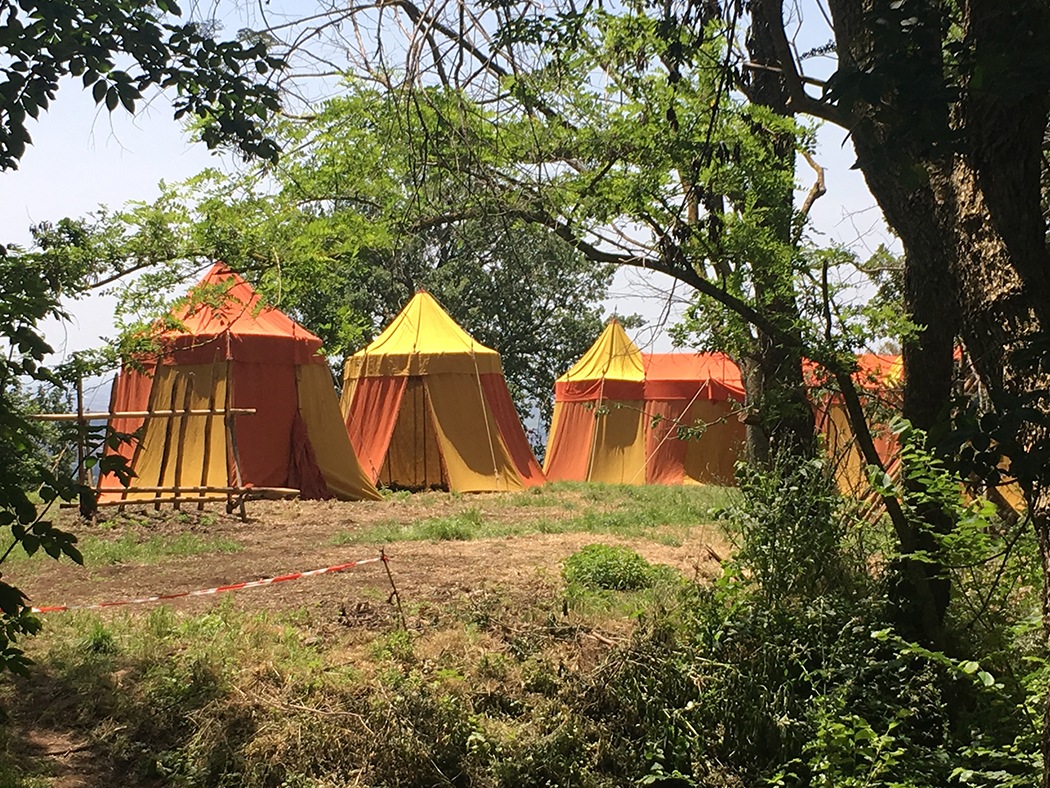

Monte Porzio Catone is located on one of the Alban hills looking towards the plain of Rome and, in the other direction, the Valle Latina. Its vocation has always been residential and its proximity to Rome has made it ideal for villas and palaces since the pre-Roman period and, probably, all its current historical centre was founded on top of a Roman villa.
The first settlement has pre-Roman origins, perhaps Etruscan, and is located on Mount Tuscolo. With the Romans, the city of Tusculum assumed considerable importance demonstrated by the ancient theatre and the nearby amphitheatre. Here, famous people like Cicero stayed and the Roman patricians had their villas.
With the fall of the empire and the arrival of the papal state, Monte Porzio assumed an even more important role for the ascent of the family of the Counts of Tusculum. The Counts controlled the entire area of the Castelli Romani to the sea and had a strong influence on the city of Rome in connection with Theophylactus.
The medieval village of Monte Porzio is part of the Monastery of St. Paul and in the twelfth century was called 'Castrum Montis Porcii', that is ‘a fortified site of St. Paul’. Then came the decline under the Annibaldi.
The history of Monte Porzio suddenly changed in 1569 when Cardinal Altemps bought a villa where he often hosted Pope Gregory XIII who decided to build the first local church for the few inhabitants of the area. Around the church the village began to attract the attention of the feudal lords. In 1582 at Villa Mondragone, Pope Gregory XIII signed the bull "Inter Gravissimas", which established the new calendar that we still use today.
From 1613 this area was under the control of the Borghese family and become so rich as to become a Principality. Between the 16th and 17th centuries, splendid villas were built here, the famous Tuscolan Villas. Villa Mondragone is today one of the most active cultural centres of the Castelli Romani and is the official office of the Tor Vergata University of Rome.
The story of the Astronomical Observatory, a magnificent building in imperial style built as a result of an agreement between Germany and Italy shortly before the outbreak of World War II, is worth following.
The name 'Cato' was added after the unification of Italy to distinguish it from another Monte Porzio in the Marche. Today it is a centre world famous for its traditional food and wine, in particular the Frascati DOC wine, and also for an Orchid Festival in April that hosts nurserymen and enthusiasts from all over the world.






















Follow us